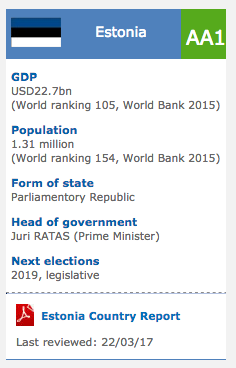Tajikistan : Tajikistan Art / Culture Profile 2012
2012/04/05
Tajikistan Art / Culture Profile 2012
The Culture of Tajikistan has developed over several thousand years. Historically, Tajiks and Persians come from very similar stock with a mutual language and are related as part of the larger group of Iranian peoples. Tajik culture can be divided into two areas, Metropolitan and Kuhiston(Highland). Ancient towns such as Bukhara, Samarkand, Herat, Balkh and Nishopur Khiva are no longer part of the country. More modern centres include Dushanbe (the capital), Khudjand, Kulob, Panjikent and Istarvshan.
Historical background
In order to understand Tajik culture it is necessary to look back to the time of Transoxiana, (an area that lies between the Amu Darya and Sir Darya rivers and modern north-west Afghanistan), and the centres of civilization of the Nile, Mesopotamia and the banks of the Yangtze. The Tajiks' ancestors were from Scythian proto-Indo-European tribes who were nomads of the Eurasian steppes and were among the first to settle in Central Asia about 4000 years ago.
Religion
Zoroaster, the prophet of Zoroastrianism, was born in the Balkh area, (northern Afghanistan and Transoxania) and was possibly Bactrian (the partial ancestors of the Tajiks). Zoroastrianism had been adopted by Persian emperors as a state religion and was practiced during the Samanid era in central Asia until being overrun by the Arabs. The Shahs of Somoni made Bukhara their residence and a focal point for art and science as well as an administrative center. In this period, the personal interest and support of the Shahs in the arts and sciences, along with international trade, and the relatively stable political situation in the Silk-Road region, all contributed to Tajik art and science at its zenith.
The largest celebration to come from the pre-Islamic period is Navruz, which means "New Day". It is held on March 21 or 22, when the cultivation of the land starts. During Navruz, many families visit relatives, throw out old belongings, clean the house and play field games. Special dishes are also served. Other Pre-Islamic Tajik traditions like fire-jumping, dancing round the fire and fighting 'devils' with fire, still occur in the more remote regions.
A 1000 years after the Samanid period saw another cultural revival; this time due to the Soviets. They introduced modern drama, opera and ballet. Poets such as Mirzo Tursunzoda, Mirsaid Mirshakar and Loik Sherali, novelist and historian Sadridin Aini, all had input, as did professors M Ishoki and Osimi, scholar Sotim Ulughzoda, novelist Jalol Ikromi, and anthropologist and historian Bobojon Ghafurov. In 1969,Malika Sobirova won a gold medal in an international ballet competition.
Since independence, there has been a pre-Soviet cultural revival in an attempt to foster a sense of national identity. Novelist Taimur Zulfikarov and professors Rahim Masov and Bozor Sobir being prominent.
Tajikstan is known as being intolerant of various religious faiths, carrying out actions such as banning certain religions outright and demolishing religious buildings.
Cuisine
Tajik cuisine has much in common with Persian cuisine, and features such dishes as kabuli pulao, qabili palau, and samanu.
Film and media
Mohsen Makhmalbaf's film Sex & Philosophy from 2005 was set and produced in Tajikistan, as was the film Angel on the Right by Jamshed Usmonov from 2002.
- Tajikistan News
-
- AFGHANISTAN: UNWTO: International tourism – strongest half-year results since 2010
- CHINA: China Invites 5 Countries As Guests For BRICS Summit
- CHINA: China ready to improve security cooperation among SCO members
- AFGHANISTAN: Higher earning Why a university degree is worth more in some countries than others
- AFGHANISTAN: Central Asian countries, EU to mull issues of co-op
- AFGHANISTAN: Global growth will be disappointing in 2016: IMF's Lagarde
- Trending Articles
-
- SOUTH AFRICA: Nigeria and South Africa emerge from recession
- BAHRAIN: Bahrain issues new rules to encourage fintech growth
- UZBEKISTAN: Former deputy PM named Uzbekistan Airways head
- ARUBA: Director of Tourism Turks and Caicos after Irma: Tourism, visitors, hotels current status
- ANGOLA: Angola: Elections / 2017 - Provisional Data Point Out Qualified Majority for MPLA
- WORLD: How fair is our food? Big companies take reins on sourcing schemes














